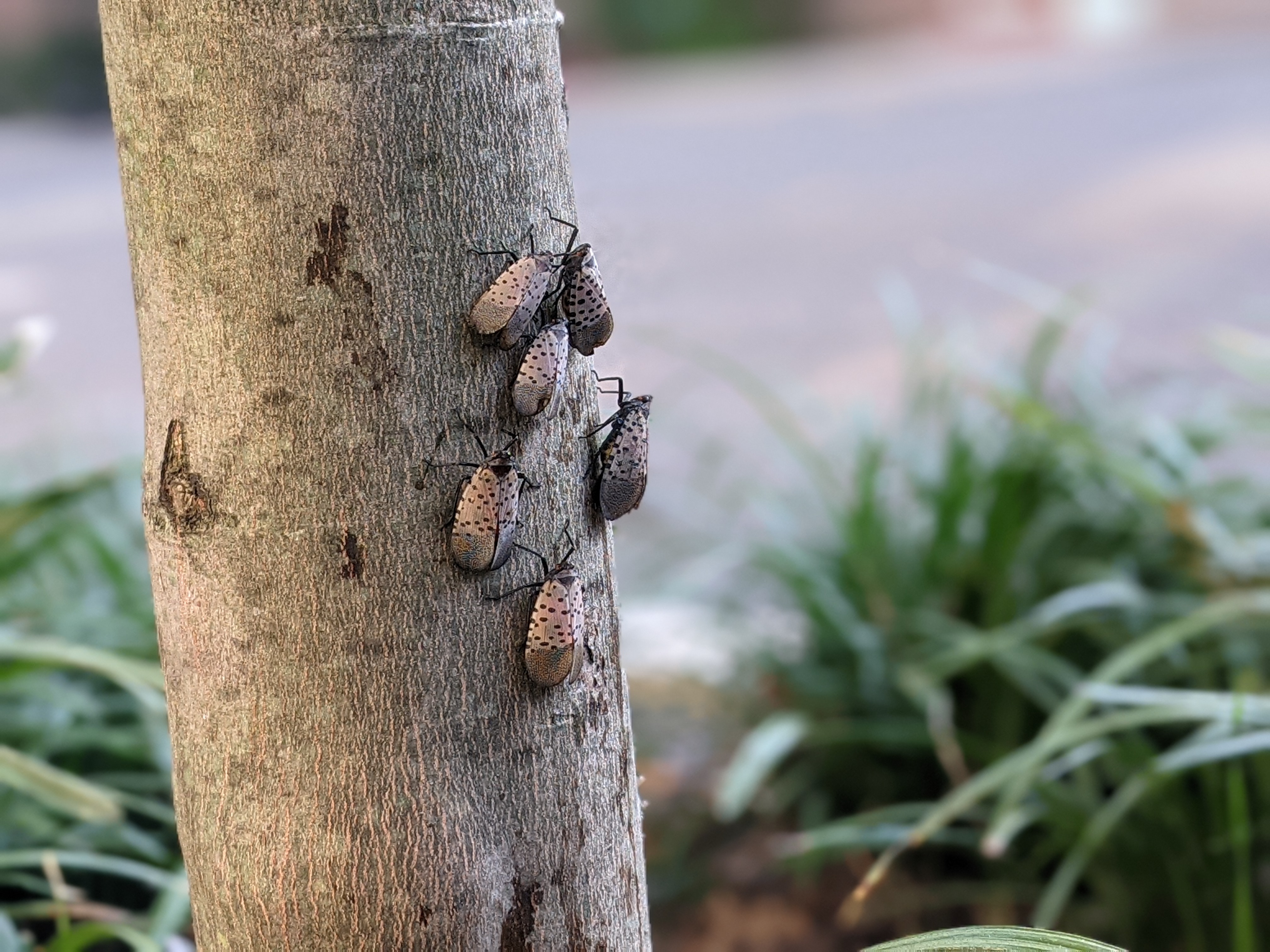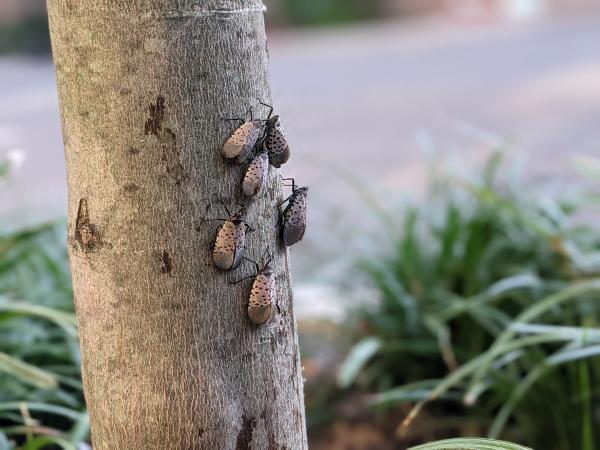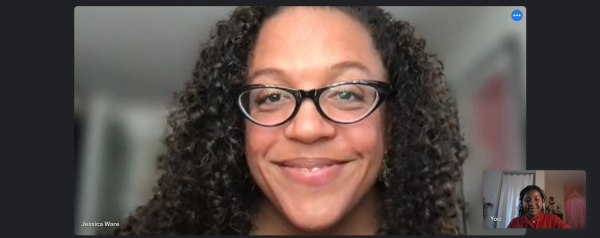KID REPORTERS’ NOTEBOOK
The Invasion of Spotted Lanternflies


Spotted lanternflies are posing a threat to fruit crops and trees in the United States.
The spotted lanternfly, a small bug that can jump and fly, is native to parts of China, India, and Vietnam. After accidentally being introduced in South Korea, spotted lanternflies made their way to the United States. Since 2014, the bugs have been seen in nearly a dozen states, mostly on the East Coast. Because they are not a native species, they can cause serious harm to vineyards, fruit crops, and trees.
To learn more about this pest and the damage it can cause, I spoke with Jessica Ware, an entomologist at the American Museum of Natural History in New York. She focuses on a group of insects called Hemiptera, or true bugs. The group includes bed bugs, cicadas, and spotted lanternflies.
Ware has always been interested in insects because of their importance to the environment. She explained that a preferred host for spotted lanternflies is the tree of heaven, which is also an invasive species.
The bugs feed on more than 70 plant species, including the tree of heaven, piercing the plants and trees they land on and feeding off the sap. The bugs’ excrement builds up around the plants, which then creates a fungus.
“Spotted lanternflies, themselves, don’t really damage grapes,” Ware said. “They don’t really damage apples. They don’t really damage peaches. But when they poo, they make a sugar solution called honeydew that makes this fungus grow. The fungus kills the grapes. The fungus kills the apples, and the fungus kills the peach tree.”
Spotted lanternflies, which are known for their colorful outspread wings, are not harmful to humans or animals. They try to avoid people as much as they can. But they gather in large numbers, which can be annoying. Their goo can land on cars and homes, leading to an expensive clean-up. “Spotted lanternflies are what we would call a nuisance pest,” Ware said.

Entomologist Jessica Ware talks with Sasha via video.
PREVENTING FURTHER DAMAGE
In states where spotted lanternflies have been detected, authorities are asking anyone who sees the pests to squish or kill them. This can be difficult for an entomologist.
“We want people to appreciate insects,” Ware said. “We want people to love insects, and we know that insects are decreasing in numbers. A species might be going extinct, so we don’t usually want people to do anything but love insects.”
Ware said that if you’re not comfortable squishing a spotted lanternfly, you can report it. Each state has an online form to help with information gathering.
“Experts are trying to record all the places where spotted lanternflies are found,” Ware explained. “That way, they can try to contain the bugs and prevent them from spreading.”
